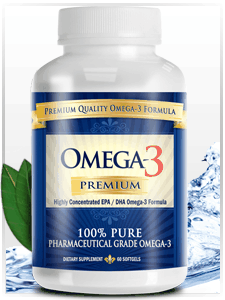Taking Good Health Into The 21st Century
Heart disease and diabetes are two of the biggest issues in men’s health. When we look at diet and nutrition, we find that men seriously lack some key nutrients that promote good health. Omega 3 for men’s health has become a primary focus in research that’s discovered we are not getting enough of this healthy fatty acid in our diets.
 Eating too many processed foods and Omega 6 fatty acids can lead to fat build-up in the arteries. Omega 6 fatty acids, saturated fats and trans-fats tend to overcome the Omega 3 and interfere with absorption. This imbalance lends to the breakdown of the body and circulatory system. The resulting conditions are: high cholesterol, high blood pressure, and unhealthy arteries. Diets low in Omega 3 also show a higher risk for cancer.
Eating too many processed foods and Omega 6 fatty acids can lead to fat build-up in the arteries. Omega 6 fatty acids, saturated fats and trans-fats tend to overcome the Omega 3 and interfere with absorption. This imbalance lends to the breakdown of the body and circulatory system. The resulting conditions are: high cholesterol, high blood pressure, and unhealthy arteries. Diets low in Omega 3 also show a higher risk for cancer.
Omega 3 fatty acids are a very important building block of cells, both in the brain and the body! The only problem is we don’t consume enough of the foods that contain high amounts of Omega 3.
Scientists have found, that when the body has enough Omega 3, there is less incidence of heart disease, high blood pressure, high cholesterol, cancer, dementia, and cognitive (mind) decline. Because of these discoveries, you will find more foods with Omega 3 added in the stores.
Diets High in Omega 3 for Men’s Health
In Japan and Alaska, men tend to have a lower occurrence of heart disease. This is because they eat diets that are high in fish and products made from fish and fish oils. When tested, their blood levels contained very high levels of Omega 3 fatty acids. One startling discovery was that they had high cholesterol, yet a surprising low incidence of heart attacks in their culture. The studies all showed that men between 40 and 55 years of age need to eat a diet with fish that has high levels of Omega 3 fatty acids. If they have a sensitivity to fish, they should be taking at least a supplement that contains Omega 3.
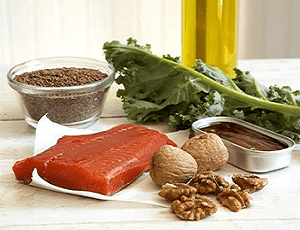 Men who eat a diet rich in Omega 3 have a lower incidence of; dementia, heart disease, cancer, high blood pressure, and even depression. Omega 3 can even help increase the metabolism and boost weight loss efforts. Memory is better and chances of getting Alzheimer’s is lower. Men who have heart surgery heal faster, since it helps the heart muscle repair itself.
Men who eat a diet rich in Omega 3 have a lower incidence of; dementia, heart disease, cancer, high blood pressure, and even depression. Omega 3 can even help increase the metabolism and boost weight loss efforts. Memory is better and chances of getting Alzheimer’s is lower. Men who have heart surgery heal faster, since it helps the heart muscle repair itself.
What is the Recommended Amount of Omega 3?
Healthy men can safely take Omega 3 in doses from 600 mg to 1000 mg a day. For men that suffer from heart disease, doses usually range from 1000 mg to 4000 mg daily, but normally with a doctor’s supervision and recommendations.
High doses can have serious side-effects and must be performed under a doctor’s care. This is because of its blood thinning effects that can interact with prescription blood thinners.
 With normal doses, the side-effects are normally very minimal. You can avoid such side effects by taking Omega 3 with a meal or snack. Side-effects include: stomach upset, diarrhea, stomachache, and nausea. Larger doses can cause the blood to become too thin and can interact with medications like; Lovenox, Coumadin and Heparin.
With normal doses, the side-effects are normally very minimal. You can avoid such side effects by taking Omega 3 with a meal or snack. Side-effects include: stomach upset, diarrhea, stomachache, and nausea. Larger doses can cause the blood to become too thin and can interact with medications like; Lovenox, Coumadin and Heparin.
Conclusion
By using Omega 3, men can reduce the chances of heart attacks, high blood pressure, cancer and diabetes. Research shows that eating more fish each week or taking an Omega 3 supplement increases Omega 3 levels in the body and keeps men in good health.

 Subscribe Now
Subscribe Now
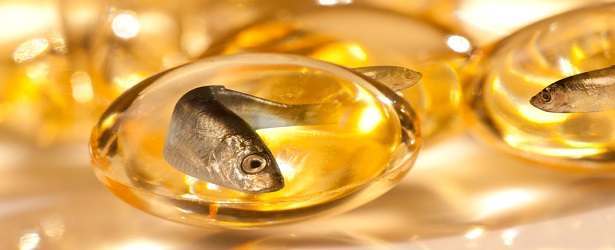
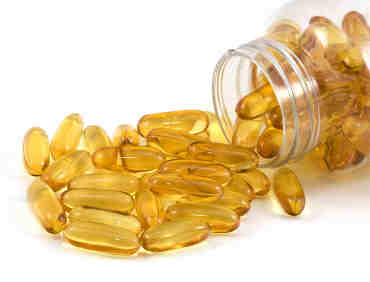 Some controversy have suggested that if fish oil supplements are made improperly, then they could be high in mercury. It depends on the type of fish the manufacturer uses as well as the manufacturing process. The process must clean toxins out of the fish oil, yet keep important nutrients intact. Of course, no fish oil supplement is completely mercury free. The best supplements have almost undetectable levels when the manufacturer cleanses the fish oil in the right manner.
Some controversy have suggested that if fish oil supplements are made improperly, then they could be high in mercury. It depends on the type of fish the manufacturer uses as well as the manufacturing process. The process must clean toxins out of the fish oil, yet keep important nutrients intact. Of course, no fish oil supplement is completely mercury free. The best supplements have almost undetectable levels when the manufacturer cleanses the fish oil in the right manner.
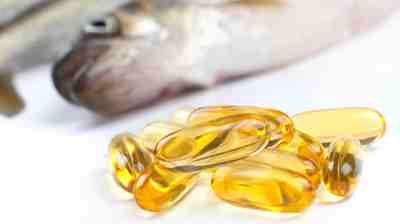 The point is that even if some mercury in fish oil is safe for consumption, that mercury can adversely effect how Omega 3 is processed and absorbed by the body. If you get a fish oil supplement higher in mercury, it will keep the body from getting the actual benefits of Omega 3 fatty acids. You will not be able to absorb the Omega 3. Eating fish high in mercury can even block the
The point is that even if some mercury in fish oil is safe for consumption, that mercury can adversely effect how Omega 3 is processed and absorbed by the body. If you get a fish oil supplement higher in mercury, it will keep the body from getting the actual benefits of Omega 3 fatty acids. You will not be able to absorb the Omega 3. Eating fish high in mercury can even block the 
 The symptoms of ADHD can actually overlap with a number of other conditions. These may not even be noticeable, and needs must be evaluated on behavior scales by a few different observers. Usually teachers, parents, and other caregivers fill out the scale forms and turn them into a Licensed Physician. The symptoms of ADHD can include:
The symptoms of ADHD can actually overlap with a number of other conditions. These may not even be noticeable, and needs must be evaluated on behavior scales by a few different observers. Usually teachers, parents, and other caregivers fill out the scale forms and turn them into a Licensed Physician. The symptoms of ADHD can include: Treatment, whatever type used, is important to reduce the discomfort of sufferers and those around them. It needs to focus on helping them learn to control increased energy levels, reduce movement, and hold conversations with others.
Treatment, whatever type used, is important to reduce the discomfort of sufferers and those around them. It needs to focus on helping them learn to control increased energy levels, reduce movement, and hold conversations with others. Omega 3 – Research has shown that almost half of kids in studies given Omega 3 fatty acid supplementation show reduced symptoms. It is thought that some cases of ADHD are due to a lack of EPA and
Omega 3 – Research has shown that almost half of kids in studies given Omega 3 fatty acid supplementation show reduced symptoms. It is thought that some cases of ADHD are due to a lack of EPA and 
 One very important point we cannot miss is that researchers are finding that Omega 3 Fatty Acids are a basic building block of brain cells. Kids need
One very important point we cannot miss is that researchers are finding that Omega 3 Fatty Acids are a basic building block of brain cells. Kids need  Best fish for kids are ones that swim in cold water and are wild caught. This includes;
Best fish for kids are ones that swim in cold water and are wild caught. This includes; 
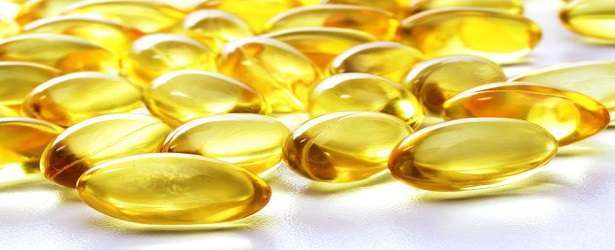
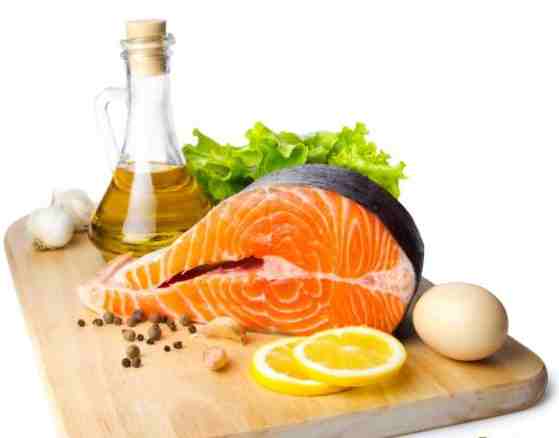 Omega 3 fatty acids perform many functions in our body. They help our brain develop healthy cells, improve memory, and maintain our cognitive functions. Omega 3 also improves the health of our cardiovascular system, reduces inflammation, and helps us build new cells. The downside is our body cannot make Omega 3 on its own, and we need to get it from the food we eat. Adding to the issue is that our diets today are seriously lacking in
Omega 3 fatty acids perform many functions in our body. They help our brain develop healthy cells, improve memory, and maintain our cognitive functions. Omega 3 also improves the health of our cardiovascular system, reduces inflammation, and helps us build new cells. The downside is our body cannot make Omega 3 on its own, and we need to get it from the food we eat. Adding to the issue is that our diets today are seriously lacking in 

 Omega 3 fatty acids are found in a variety of foods from both meat and vegetarian sources including; flax, salmon, walnuts,
Omega 3 fatty acids are found in a variety of foods from both meat and vegetarian sources including; flax, salmon, walnuts, 
 When beef cows are fed only grains, they tend to produce 20 parts Omega 6 fatty acids and only 1 part Omega 3 fatty acids. As you can see above, this is too much Omega 6 and unhealthy for the human body. When animals graze on grass naturally, the Omega three ratio is 1 part Omega 3 to 1 part Omega 6. Humans also tend to eat more nuts, flax, seeds, and vegetables that contain higher amounts of Omega 3 fatty acids.
When beef cows are fed only grains, they tend to produce 20 parts Omega 6 fatty acids and only 1 part Omega 3 fatty acids. As you can see above, this is too much Omega 6 and unhealthy for the human body. When animals graze on grass naturally, the Omega three ratio is 1 part Omega 3 to 1 part Omega 6. Humans also tend to eat more nuts, flax, seeds, and vegetables that contain higher amounts of Omega 3 fatty acids. This means decreasing Omega 6 foods such as; animals fed on: grain diets, vegetable oils, sunflower seeds, margarine, sesame seeds, shortening and creamy salad dressing. These are all high in unhealthy fats and throw the Omega balance off.
This means decreasing Omega 6 foods such as; animals fed on: grain diets, vegetable oils, sunflower seeds, margarine, sesame seeds, shortening and creamy salad dressing. These are all high in unhealthy fats and throw the Omega balance off.

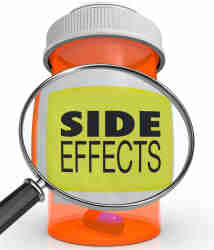
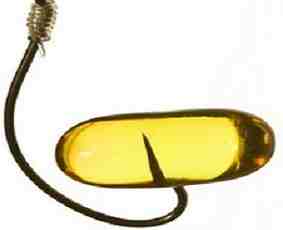

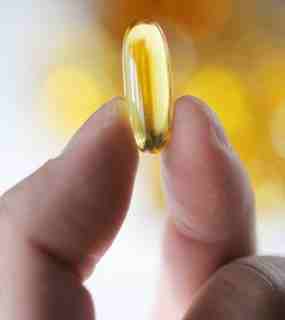 When looking at the daily dosage recommendations, you discuss this with your doctor and make sure you don’t take any higher dose than 3,000mg a day without your doctor carefully monitoring you. There can be a few
When looking at the daily dosage recommendations, you discuss this with your doctor and make sure you don’t take any higher dose than 3,000mg a day without your doctor carefully monitoring you. There can be a few 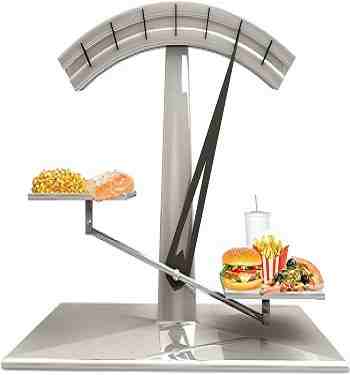 Plant based sources of Omega 3 have another component, ALA. Your body can convert ALA to EPA and DHA, however the amount absorbed by the body is lower than a non-vegetarian source. If you are vegetarian and use an ALA supplement, consider a marine algae type Omega 3 that already contains in it EPA and DHA . Note that marine algae does have more DHA than EPA. While this is a good source of all the components for vegetarians or people with allergies, remember the delicate balance Omega 3 components need for maximum absorption.
Plant based sources of Omega 3 have another component, ALA. Your body can convert ALA to EPA and DHA, however the amount absorbed by the body is lower than a non-vegetarian source. If you are vegetarian and use an ALA supplement, consider a marine algae type Omega 3 that already contains in it EPA and DHA . Note that marine algae does have more DHA than EPA. While this is a good source of all the components for vegetarians or people with allergies, remember the delicate balance Omega 3 components need for maximum absorption.
